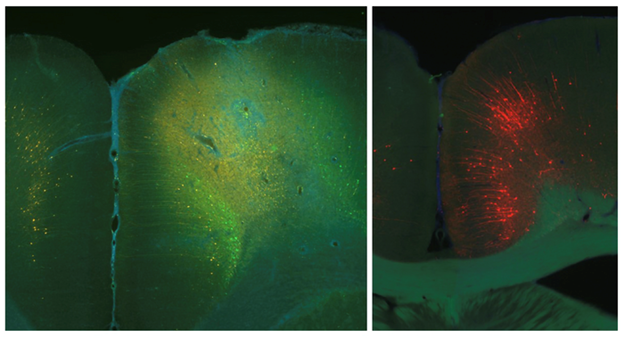Virtually everything involves processes. When they evolve, you need to stay on top of them. We need an easy way to keep up. A new study by neuroscientists at The Picower Institute for Learning and Memory at MIT looks at circuitry that helps a mammalian brain learn to add steps.
The researchers reported that upon changing the rules of a task requiring rats to adjust from performing one step to two, a pair of regions on the brain’s surface collaborated to update the rats’ understanding and change their behavior to fit the new regime. The anterior cingulate cortex (ACC) recognized when the rats weren’t doing enough and updated cells in the motor cortex (M2) to adjust their behavior.
What effect does the ACC have on M2? The researchers measured the electrical activity of cells in M2 as the rats played the rule-changing game. When researchers silenced the ACC, it suppressed this rule selectivity.
Takeuchi and the team also noticed populations of neurons within M2 that responded preferentially to positive outcomes (reward for doing the task right) and negative outcomes (not getting a reward for doing the task wrong). They found that when they silenced the ACC, this increased the activity of the negative outcome encoding neurons during negative feedback, particularly for the first 10-20 rounds after the rules changed from one step to two. This correlated strongly with the timing, or “epoch,” of the rats’ worst performance.
They also confirmed that the feedback, or outcomes, stage mattered by using a different technique to silence the ACC. By engineering ACC neurons to be suppressed by flashes of light, they could precisely control when the ACC went offline. If this was done after the rats made an incorrect choice when the rules switched from one poke to two, they could cause the rats to continue to err.
When the rats needed to notice that an extra step was now required, the ACC’s job was to learn from negative feedback and signal M2 to take the second step. If the ACC wasn’t available when feedback was provided, then M2 cells would become especially active, and the rats would fail to do the required second step for a time before finally catching on.
The ACC stimulates inhibitory cells in M2 that typically modulate the activity of those cells. Ultimately, rats require more evidence than they should of the rule change.
The implications not only matter for understanding the neural basis of natural sequential decisions but also for AI applications ranging from game playing or industrial work, each of which can involve tasks with multiple steps.

